Up Next

McLaren’s nearly decade-long win drought finally came to an end in the Italian Grand Prix – but how did it ever get so long in the first place?
The disastrous Honda dalliance certainly played a big part. In the below feature, originally published in October 2020, Mark Hughes details how what should’ve been a dream partnership turned to dust before the two sides went on to bigger and better things separately.
Honda’s performance in its first year back in Formula 1, 2015 with McLaren, was so dire it endangered the whole programme.
It set a tone of technical failure that was embarrassing for Honda and frustrating for McLaren, ultimately poisoning that relationship for the long term.
McLaren drivers Jenson Button and the newly-recruited Fernando Alonso barely made it out of the Q1 part of qualifying all season, the car averaged almost 2.7s off the qualifying pace and the team sunk to ninth place in the constructors’ championship ahead only of the small-budget Manor operation.
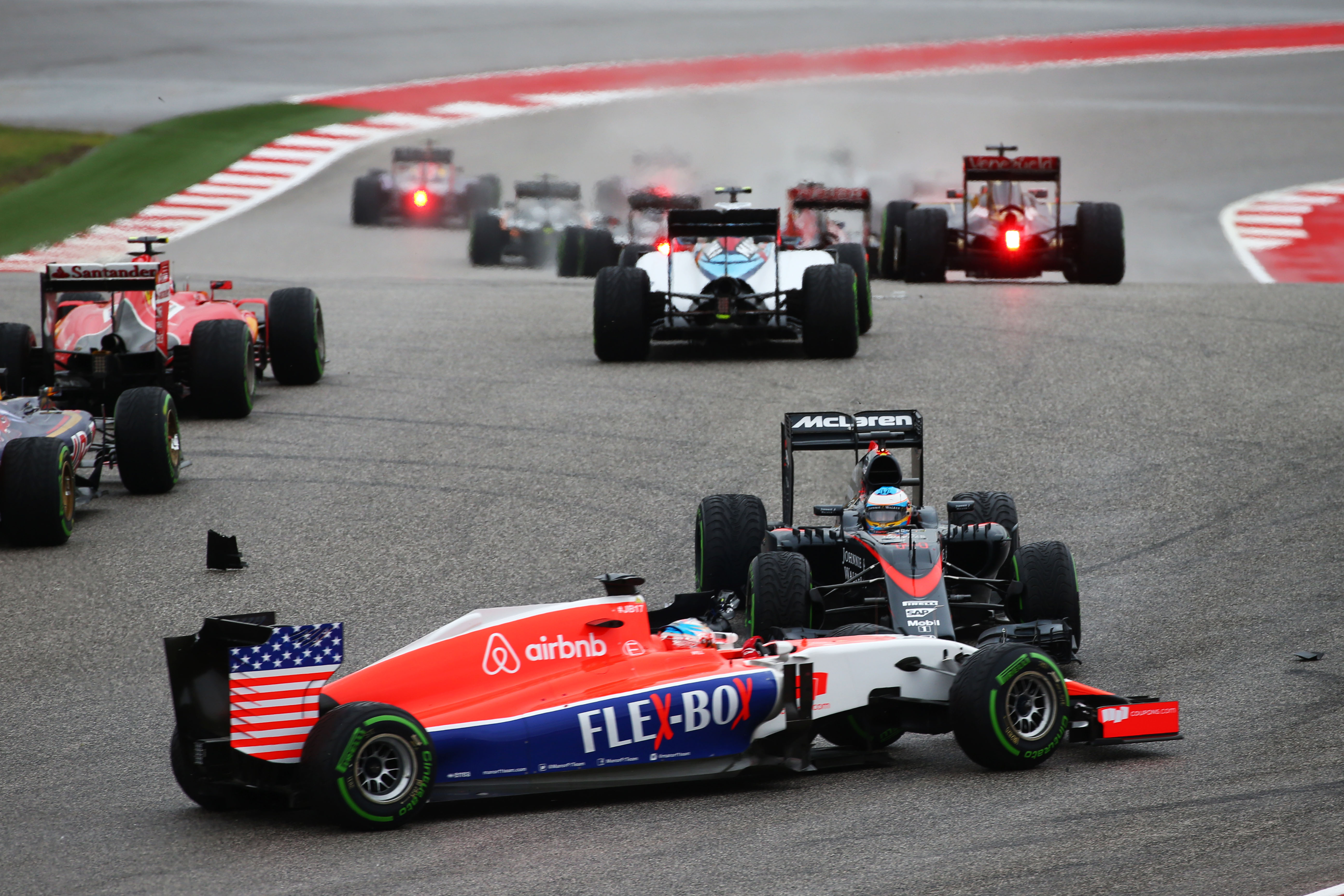
The technical root of the disaster was a drastic power shortfall that took more than half the season to be understood, partly because the initial reliability was so poor that the engine had to be run in much-detuned form to keep temperatures under control.
But there was a political backstory behind the technical problems. Essentially, McLaren’s Ron Dennis – keen to progress as quickly as possible from Mercedes customer team status – had pressured Honda into entering a full year earlier than initially planned. Furthermore, an extremely ambitious set of dimensional targets had been jointly agreed upon between the two partners.
Given the complexity of the hybrid formula, the very tight packaging ultimately limited the development potential of the ‘size zero’ concept of power unit. It was a perfect storm of adverse circumstances, which began with a repeated sequence of ERS-K seal failures during winter testing that severely curtailed the test mileage. Even after that problem was cured in time for the early part of the season, the ERS could not be used at anything like maximum power without severe overheating issues.
At this stage McLaren and Honda did their best to put a brave face on things, emphasising how new the project was and pointing out that they were essentially two years behind the development curve of the other power unit manufacturers.
The Honda solution was absolutely optimum in terms of compactness of layout. But it brought with it insurmountable problems
The McLaren MP4-30 into which the Honda RA165H power unit was fitted was the first conceived by chief of aero Peter Prodromou, formerly of Red Bull. It was quite different in aero philosophy to previous McLarens and Button, for one, was very complimentary about its general balance.
“It’s got a great front end,” he said. “You turn in, then as you add steering lock you get more front end, which is always a great place to be; it’s what you’re trying to achieve in every debrief session you do.
“Previously, a McLaren on Pirellis, even the quick ones, would have a lot of front end on initial turn in, a bit of rear movement and then understeer at the apex. This one doesn’t have that understeer, just feels very sweet.
“You feel confident you can brake hard and that it will be stable all through the corner.”
But stable at an initial 5.1s off the pace around Albert Park for the opening round!
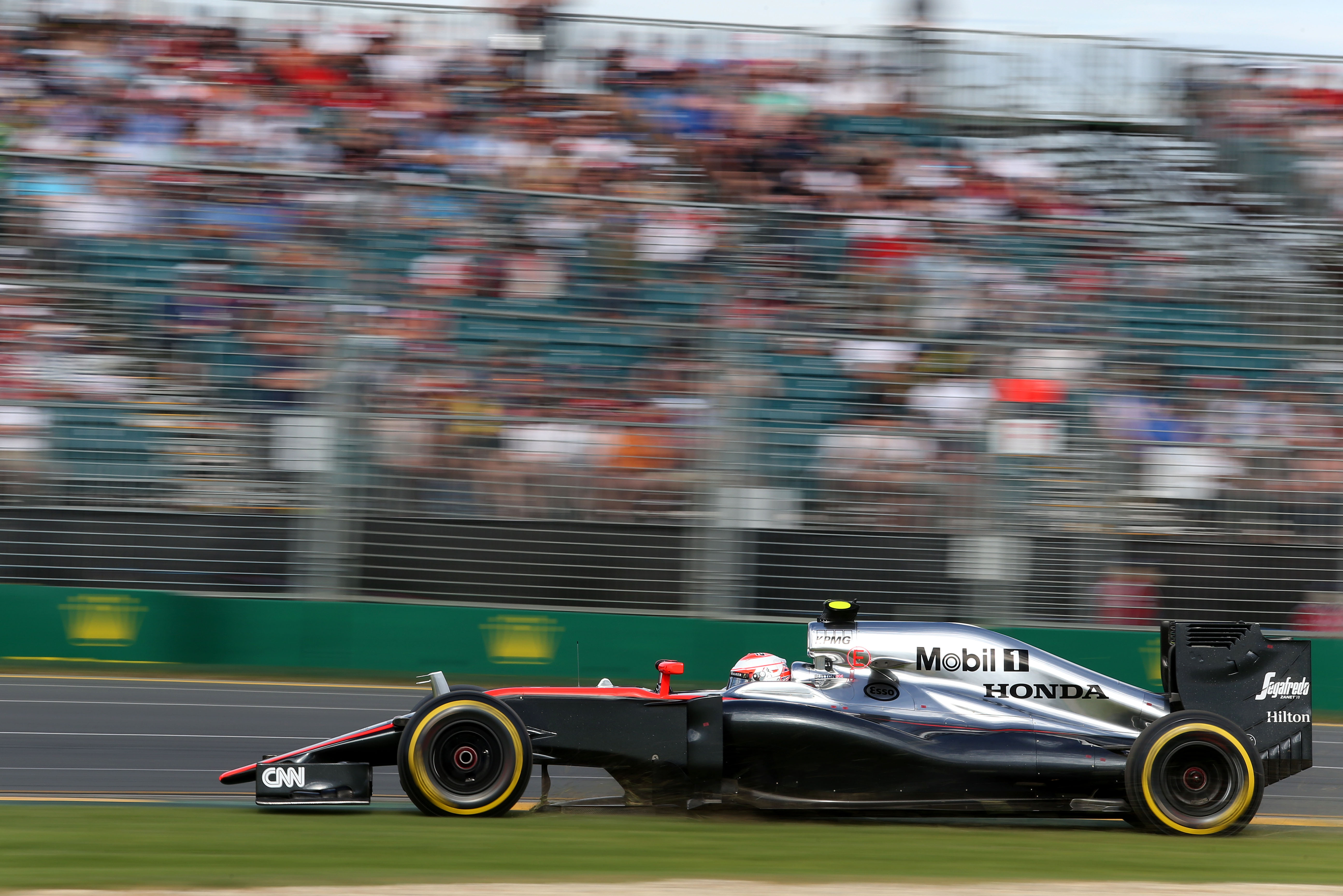
A crucial part of the concept in achieving the ambitiously tiny dimensions of the engine was in fitting the turbo’s compressor within the vee of the engine. That not only gave a smaller rear overhang than the Ferrari/Renault conventional turbo arrangement (opening up space for aerodynamic exploitation), it also did not force the engine to be mounted further back, as with the Mercedes split turbo concept where the compressor was mounted on the front of the engine, just behind the cockpit.
The Honda solution was absolutely optimum in terms of compactness of layout. But it brought with it insurmountable problems.
“The car has not so good mechanical grip, or aero. Compared with Red Bull there is still a big gap” :: Yasuhisa Arai
To fit in the vee, the compressor was smaller than those of its rivals. Theoretically, that could be compensated for simply by running it faster to give the same boost. In practice, that’s not how it worked.
Initially the MGU-H, which runs on the same shaft as the turbo, could not run at the speeds required because of a vibrational issue. That put an artificial limit on the compressor’s speed. A compressor both small and slow-spinning severely blunted the engine’s power.
It was assumed that once the vibrational issue was solved, enabling the turbo’s compressor to run at its design speeds, then the engine would suddenly become competitive – or at least much more nearly so.
That isn’t what happened. As the compressor speed was upped and the frictional resistance increased, its energy inefficiency dropped off. The balancing point between more compressor boost and the resultant increased back pressure from the exhausts came at a very modest point of power upgrade. This in turn limited how much power could be fed into the ERS loop.
So the battery could not be recharged as rapidly as on the other power units – meaning that at Spa, for example, Button and Alonso could only use the extra 160bhp electrical boost on one of the two straights, and even then, not on every lap. There were whole sections of the lap where they were running 200bhp down on the other cars!
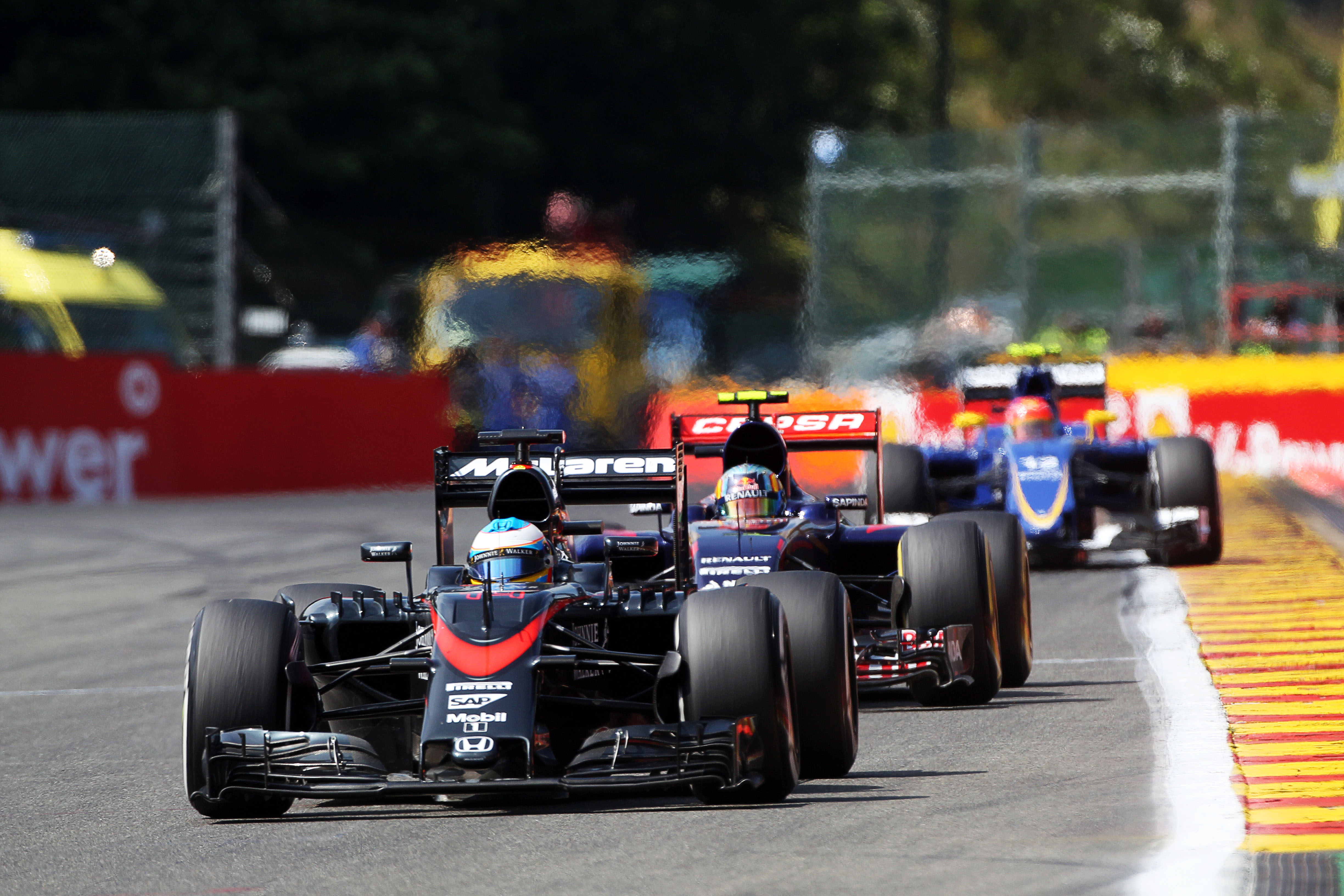
Project leader of the time, Yasuhisa Arai, said: “In the middle of the season in August we found out what our weak point was in a more concrete way. Even though we understood that our package’s weakness came from the MGU-H and ERS deployment, it had been a struggle to pinpoint the cause. Fortunately, in August everything became clear and we were free to start fully rectifying the situation.
“It had a huge impact because with the discovery we realised that in the races and testing we need more energy to actually use the deployment. But in the meantime we feel we cannot change the turbo and the MGU-H in the actual season because it is a layout issue, so it is very difficult to change everything. So we realised it but could not change it.”
McLaren team principal Eric Boullier’s frustration at Monza was barely concealed
The issue was complicated by the engine change restrictions in place at the time, but essentially the size zero concept was fundamentally wrong, and would become more so as time went by.
The optimum size of turbo in F1 was increasing as the efficiency of the power electronics and the MGU-K quickly improved with development. The more efficient that became, the bigger the size of turbo that could be justified. Already by 2015 the optimum size of turbo was bigger than could be fitted within the engine vee – and that limitation was only going to become more acute with further development.
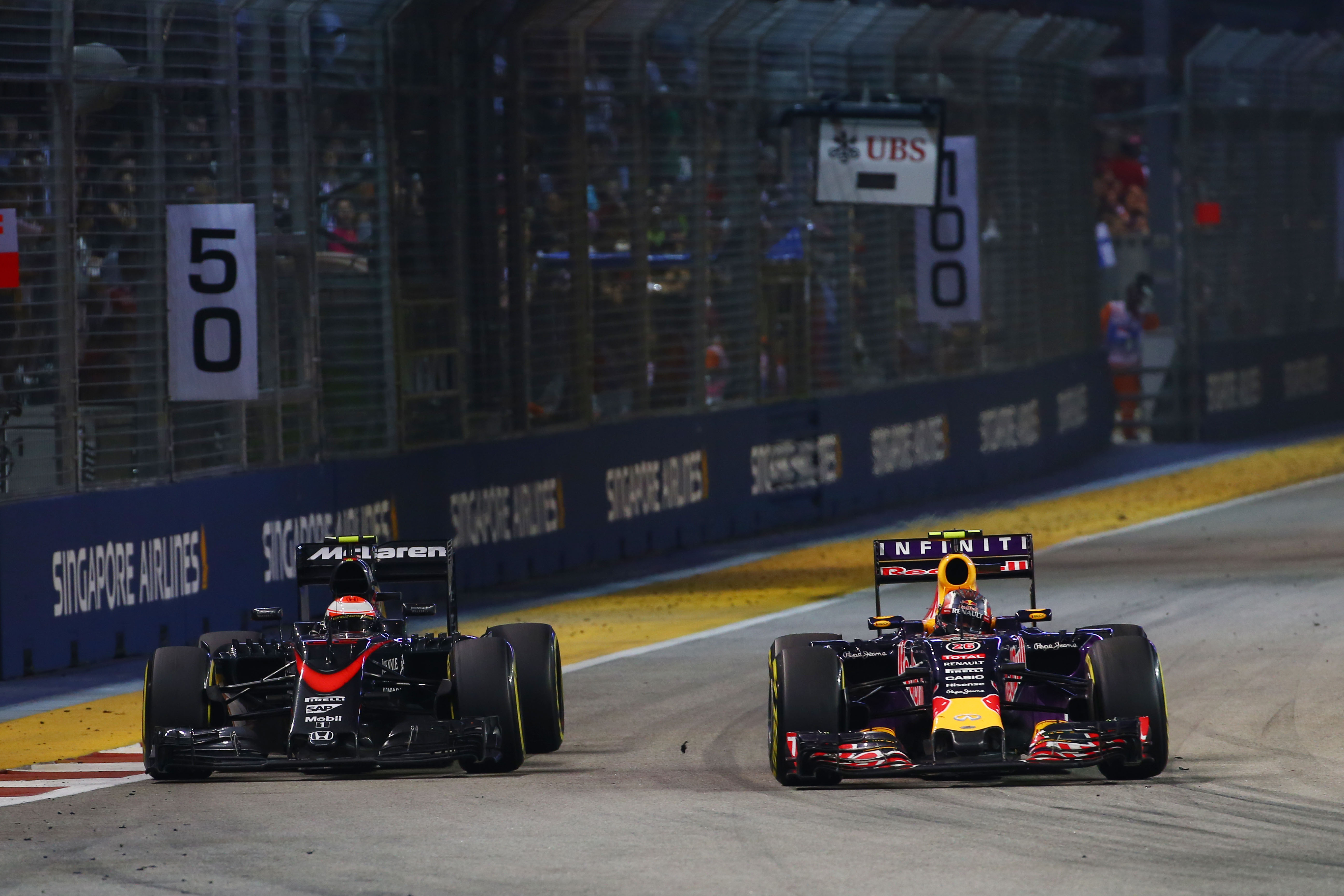
It didn’t take too long before the partners were sniping at each other in frustration. The car was good, insisted McLaren, and would be a frontrunner if it had competitive power.
“The car has not so good mechanical grip, or aero. Compared with Red Bull there is still a big gap,” said Arai.
“We have checked the GPS data: the chassis and aero package needs time and fine-tuning, such as wing angle, ride heights, suspension settings.”
It can be imagined how this went down at McLaren…
There was a particularly tense press conference at Monza where Arai (pictured below with Alonso) was asked if he would be apologising to McLaren’s two world champion drivers for the lack of a competitive engine…

There was a general feeling at McLaren that Arai carried no sense of urgency in improving performance. Arai, in turn, knew that no significant changes could be made until the following year’s engine was readied and perhaps his matter-of-fact communication of this angered McLaren.
There was definitely a communication and cultural gap between the two sides and very little sense of partnership at any stage. Years later, Honda would be delighted at how open the little Toro Rosso team was about its own internal workings – and Honda responded by showing key members deep inside the research projects at Sakura, in places where no McLaren person had ever set foot.
McLaren team principal Eric Boullier’s frustration at the time of that Monza press conference was barely concealed.
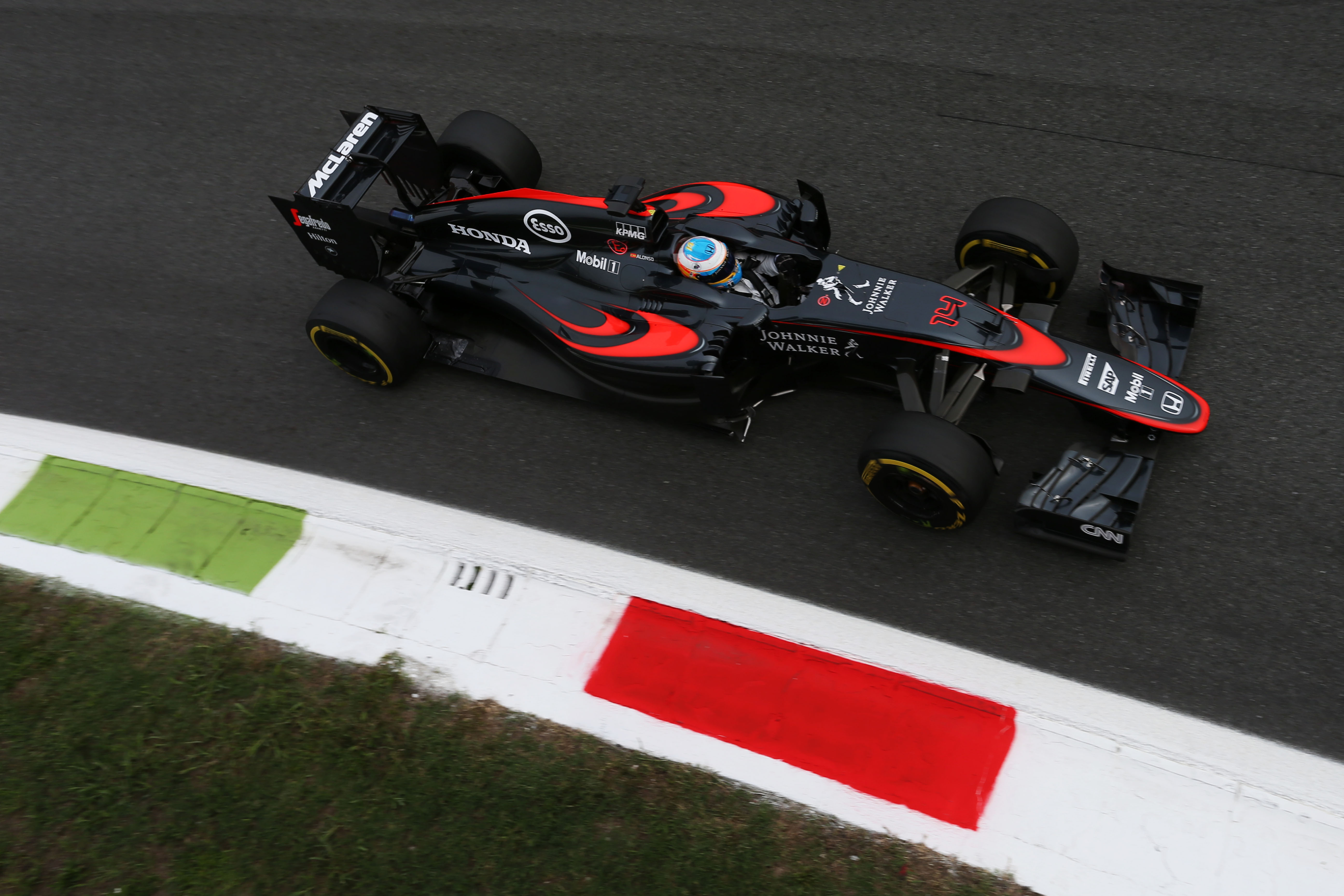
“The McLaren brand has not been damaged yet,” he said, “because there is such a strong record over many, many years.
“But if we finish in this place again next year there will be a direct loss of revenue because the business is driven by the sport.”
Honda might have countered that McLaren’s income had been considerably boosted by the budget and free engines it was supplying – and that had McLaren not insisted on the demanding timeframe and sizing requirements, neither of them would be in this position.
Things would improve, but not by enough. This relationship was already doomed.
Honda, though, would win again before McLaren did.






